As if it weren’t hard enough to snap a good picture of a chicken, the task is made more difficult by bonus body parts. Many an otherwise fabulous chicken photo has been foiled by the appearance of a hazy-looking eye. The hazy-looking eye this photo is caused by a chicken’s nictitating membrane, which is its third eyelid.
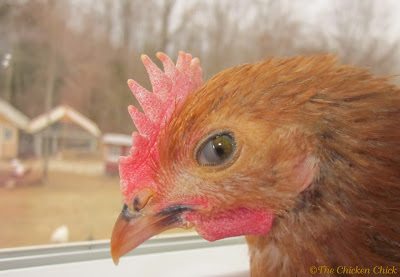
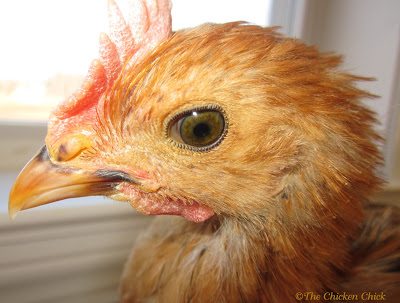
The nictitating membrane is located next to the eyeball, underneath its other two eyelids and it operates independently from them. When we think of eyelids, we typically think of two independent halves, closing to meet in the middle of they eye. However, the nictitating membrane has no counterpart, it operates by sliding from the front to the back of the eye, much like a window on a car door.
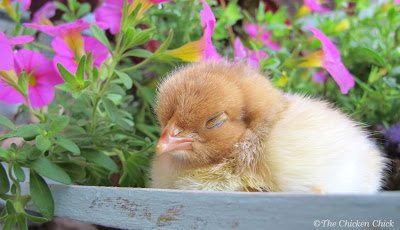
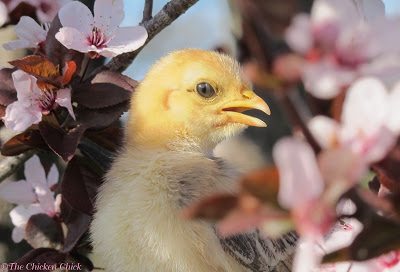
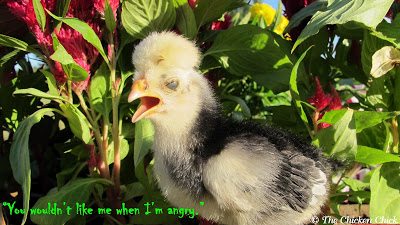
The nictitating membrane serves several purposes: to moisten, clean and protect the eye. Dust bathing is prime-time for nictitating membrane viewing if you are so inclined, but pay very close attention, because if you blink, you’ll miss it.
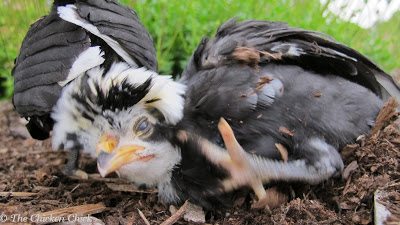
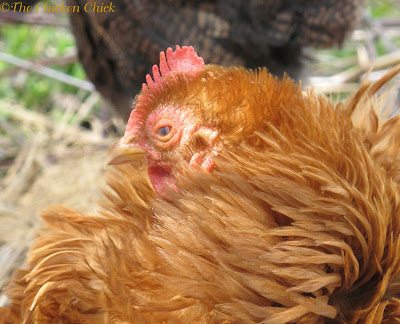
In addition to its horizontal operation, and the fact that it has its own lubricating duct, the another unique aspect of the nictitating membrane is that it is transparent, allowing the chicken to see through it when it is closed. If you watch a chicken closely as it scratches and pecks around on the ground, you will notice that its nictitating membrane is often closed, which keeps the eyeball protected from injuries and foreign bodies.
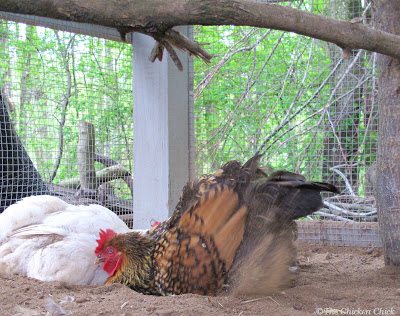
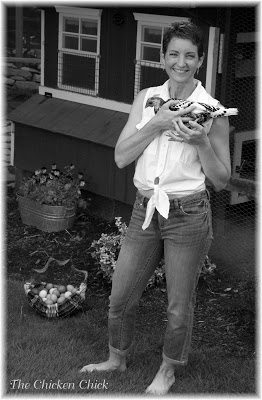
Kathy Shea Mormino
Affectionately known internationally as The Chicken Chick®, Kathy Shea Mormino shares a fun-loving, informative style to raising backyard chickens. …Read on


shop my SPONSORS
As if it weren’t hard enough to snap a good picture of a chicken, the task is made more difficult by bonus body parts. Many an otherwise fabulous chicken photo has been foiled by the appearance of a hazy-looking eye. The hazy-looking eye this photo is caused by a chicken’s nictitating membrane, which is its third eyelid.


The nictitating membrane is located next to the eyeball, underneath its other two eyelids and it operates independently from them. When we think of eyelids, we typically think of two independent halves, closing to meet in the middle of they eye. However, the nictitating membrane has no counterpart, it operates by sliding from the front to the back of the eye, much like a window on a car door.



The nictitating membrane serves several purposes: to moisten, clean and protect the eye. Dust bathing is prime-time for nictitating membrane viewing if you are so inclined, but pay very close attention, because if you blink, you’ll miss it.


In addition to its horizontal operation, and the fact that it has its own lubricating duct, the another unique aspect of the nictitating membrane is that it is transparent, allowing the chicken to see through it when it is closed. If you watch a chicken closely as it scratches and pecks around on the ground, you will notice that its nictitating membrane is often closed, which keeps the eyeball protected from injuries and foreign bodies.






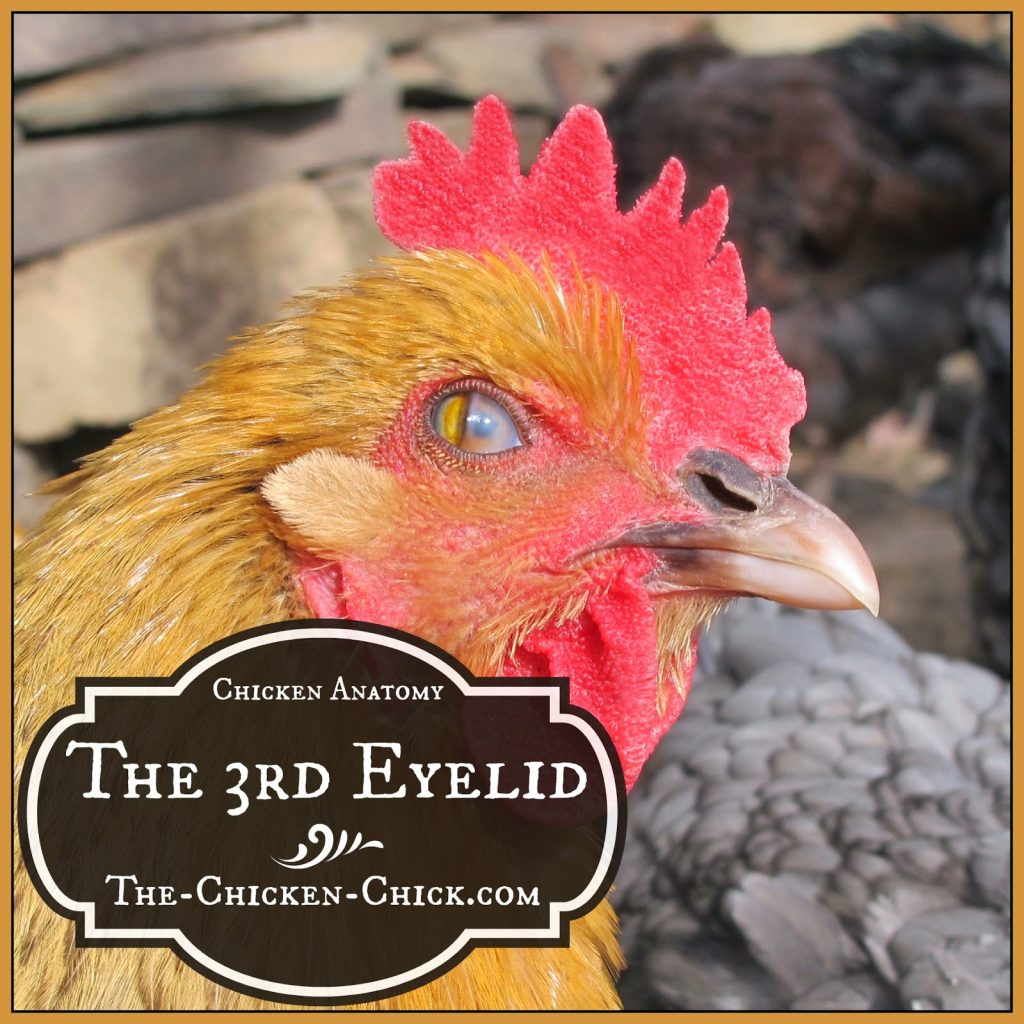

















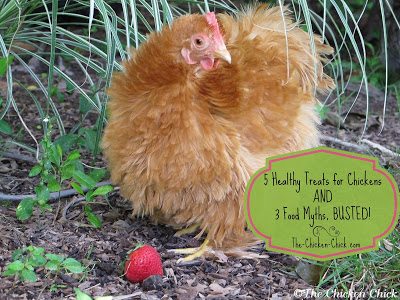

















It always amazes me how nature has adapted to protect. I learn so much from you!
Just wanted to write & say 'Thanks!' for all the helpful info I've gotten from your blog. We have a new batch of chicks shipping in this week, and I'm much better prepared this year, in part due to advice and practical chicken-keeping ideas I've gotten from you. We will be building a new (bigger) hen house this month, which will contain poop boards and nest box curtains. We'll be putting sand down in the new pen for the first time as well. The 'old' girls may not appreciate the difference, but I sure will!
Amy, I highly recommend Raising Chickens for Dummies and Chicken Health for Dummies. They're both fantastic resources that contain very readable, useful information for beginners.
Hi! I'm still reading up on chickens, I'd still like to get a coop and have fresh eggs. I have a lot of research to do, like knowing their medical needs, how many chickens I need to produce the amount of eggs I'd like, ect. I'm also wondering how or if they are affected by extreme heat and cold. Have you written, or do you endorse any books that could help? A bunch of my family are working together to be more self sustained. Since I'm the crappy gardener of the group, I'd like chickens lol! Ps I got my… Read more »
Wow. Super helpful article. I'm new to raising chicks. I have five, ranging in age from 28 days to 23 days. Yes, I'm being very precise because as you know, they change overnight! I really didn't know anything about this subject, having spent most of my research on feeding, caring, and building chicken coops. It *is* hard to capture the chicks on "film." Darn them!
Thanks.